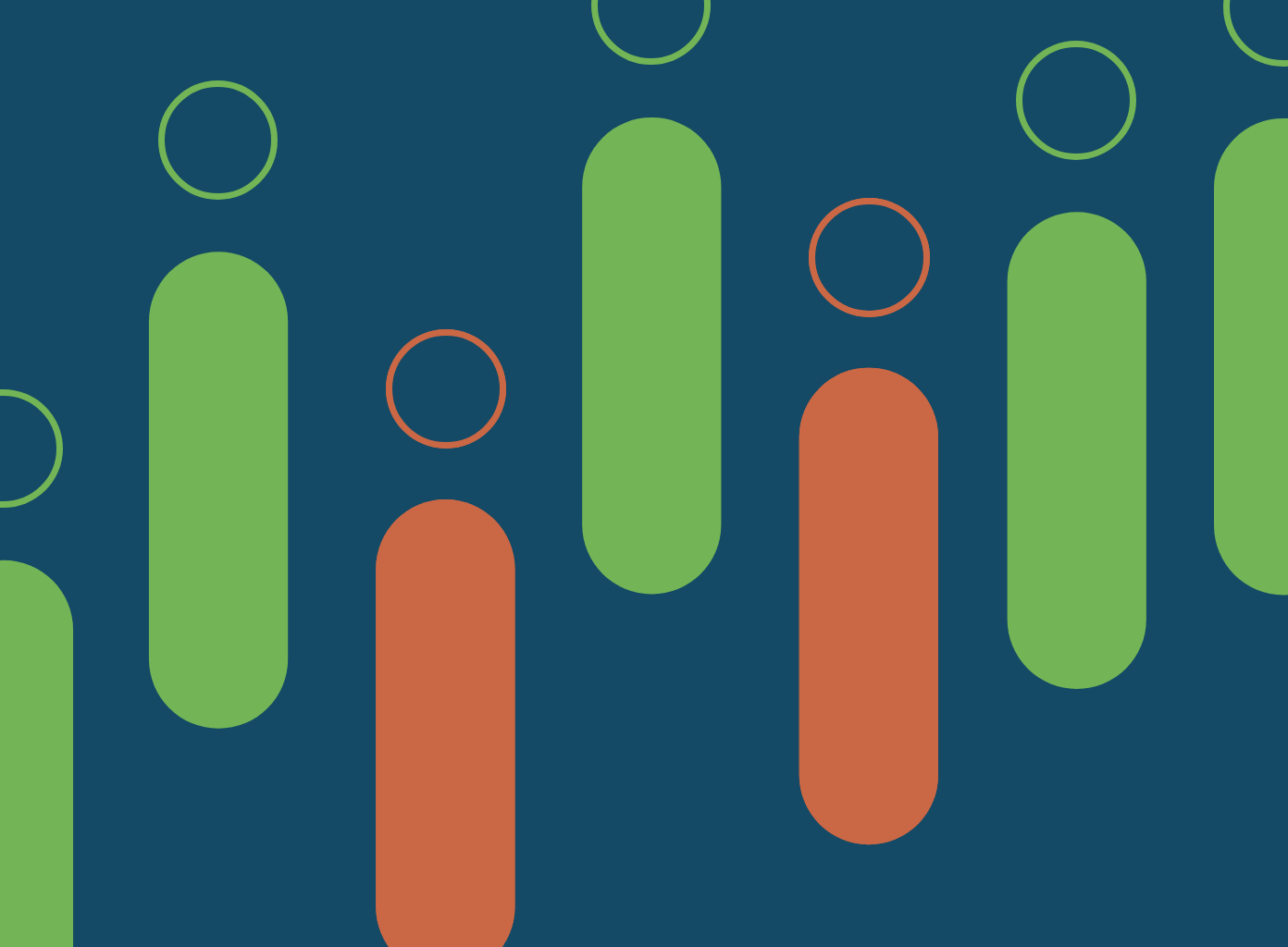November 24, 2020 - Philadelphia, PA - HealthVerity announced the most recent update to its HealthVerity Patient Confidence Index (HVPCI) and reported a national score of 93, a five-point decrease from the previous period in mid-October. With in-person and telehealth visits tracked through the second week of November, this score highlights significant dips in patient and provider interactions across the vast majority of therapeutic areas. At the beginning of COVID-19 in the US, we noted a seesaw effect with low in-person visits and increased levels of telehealth usage. However, this seems to be taking a new shape with all visits reporting less volume over the previous month.

The HVPCI represents a measure of physician visits undertaken by non-COVID-19 patients across 20 key therapeutic areas, highlighting a significant decline in visits since the pandemic took hold in the US at the beginning of March. The HVPCI is crucial as an expression of the confidence in patients to seek care for acute and chronic illnesses balanced with the risk of exposure to the coronavirus in a public setting. As coronavirus cases peak and eventually subside, this indicator will ultimately serve as an overall measure of US patient engagement between patients and their physicians.
 This period’s national score of 93 reflects a 5-point decrease from the previous index period, but more notably describes a very different patient story compared to the last report. In mid-October, many of the therapeutic areas tracked scores over the “normal” threshold of 100 and some even surpassed the rates of 2019. Although we do see a few specialties exceeding 100 this period, including GI & GUI (106), Infectious Disease (104) and Pediatrics (114), the majority are in decline since the last report. Infectious Disease reported a 12-point decrease in visits, for example, which contradicts the simultaneous rise in COVID-19 cases across the US.
This period’s national score of 93 reflects a 5-point decrease from the previous index period, but more notably describes a very different patient story compared to the last report. In mid-October, many of the therapeutic areas tracked scores over the “normal” threshold of 100 and some even surpassed the rates of 2019. Although we do see a few specialties exceeding 100 this period, including GI & GUI (106), Infectious Disease (104) and Pediatrics (114), the majority are in decline since the last report. Infectious Disease reported a 12-point decrease in visits, for example, which contradicts the simultaneous rise in COVID-19 cases across the US.
Perhaps most concerning is the drastic downturn in visits within Preventive Med (89), reporting a 21-point decrease from last period. As cases rise and patient confidence in attending in-person doctors visits wane due to the concern of contracting the virus, we have to hope that precautionary measures for other disease areas don’t fall to the back burner.
Snapshot of specialties tracked by the HVPCI:
| Specialty | HVPCI #1 | Last period | This period | Point change |
| Overall | 68 | 98 | 93 | -5 |
| Cardiovascular | 70 | 90 | 82 | -8 |
| Dermatology | 46 | 91 | 82 | -9 |
| Endocrinology | 62 | 95 | 87 | -8 |
| FP/GP | 73 | 100 | 100 | 0 |
| GI & GU | 73 | 109 | 106 | -3 |
| Infectious Disease | 90 | 116 | 104 | -12 |
| Oncology | 78 | 88 | 86 | -2 |
| Pediatrics | 68 | 116 | 114 | -1 |
| Preventative Med | 78 | 110 | 89 | -21 |
| Rheumatology | 64 | 94 | 89 | -5 |
Conversely, telehealth visits remain consistently flat, accounting for about 8% of all visits across the US. The HVPCI reports that the 65+ age group continuously remains the largest user group of this service across all specialities (other than pediatrics and behavioral health), but as COVID-19 cases rise once again, telehealth accessibility has become a bit more complicated in recent weeks. According to NextGov and the Wall Street Journal, “Several big private insurers are pulling back some of their coverage of telehealth for non-COVID issues. Companies including UnitedHealthcare have already rolled back policies that waived co-pays and other fees for non-COVID-related appointments. Other plans such as Anthem BlueCross BlueShield have extended their coverage through the end of the year, but only the first two sessions are free for the consumer.”
Learn more about HealthVerity’s efforts to educate and inform on COVID-19 here.



